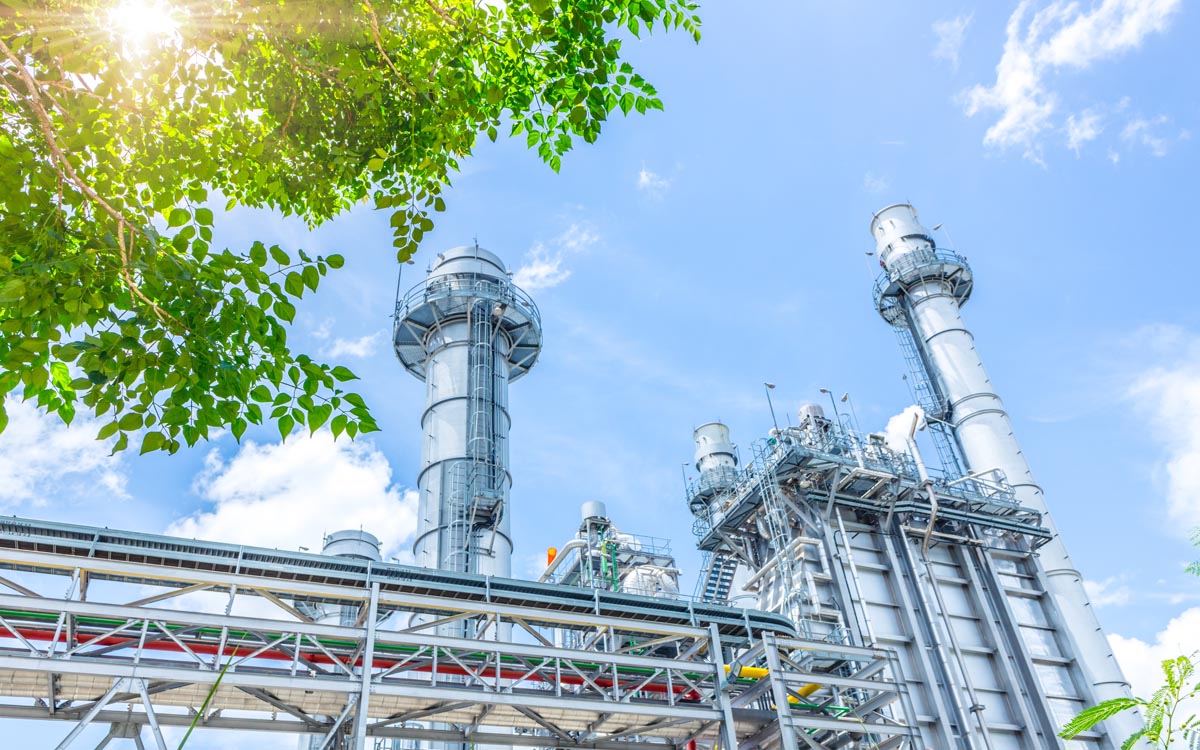Optimal renewable energies for the industry of the future

This post presents an analysis of the best renewable energy options in the industry. In a context of evolution towards Industry 4.0, clean energy sources are essential to make industrial environments both more efficient and sustainable.
Tabla de contenidos
ToggleDiscover the most effective renewable energy sources to move towards sustainable industrial production.
Renewable energies in industry are adapted to the different sectors and production contexts of each smart factory. The choice of each energy source will therefore depend on several factors. Thus, for example, solar photovoltaic energy will be perfect for factories with large roof spaces in industrial plants, while industrial sustainability will be improved in facilities located in places with constant air currents.
The amalgam of solutions that improve energy efficiency in the industrial energy efficiency in the industrial sector is wide-ranging. In recent times, many companies in the industrial environment are relying on the potential provided by applied geothermal energy and many factories are also betting on the versatility of industrial biomass, capable of obtaining energy from biological waste. We analyze the advantages provided by each of them.
Photovoltaic solar energy
Industrial solar energy is one of the most widely used green energies among companies that want to improve energy efficiency in factories, a key aspect covered by the Smart Factory by aggity solution. In general, companies that opt for this type of energy source when it comes to increasing their investment in renewable energy do so because it significantly reduces energy costs in the medium and long term.
Although the initial investment may be high, solar panel technology and its implementation allows factories to generate their own electricity, thus reducing energy bills and offering the possibility of selling the surplus to the grid. Moreover, these panels have very low maintenance costs compared to other types of energy.
However, the main problem presented by the photovoltaic solar energy is their dependence on sunlight, so electricity generation can be intermittent, requiring energy storage solutions or connection to the conventional grid on days when there is no sun. It is, in short, an effective energy system in areas such as southern Spain, where sunshine hours are abundant throughout the year. Another disadvantage of this technology is that it requires a large surface area for the installation of the solar panels.
In general, the companies that are most committed to this type of green energy infrastructure are those with high energy consumption and continuous operations, such as those in the manufacturing sector. The energy transition in manufacturing seems to go through this type of energy source because they can use the electricity generated by the panels constantly and store the surplus for use in periods with fewer hours of sunlight.

Wind energy
Within renewable energies in industry and with corporate sustainability. corporate sustainability companies are also investing in the installation of on-site wind energy systems. As is the case with solar energy, the main problem with solar energy is that it is not The installation of wind turbines for industry has to do with the fact that wind is not a constant element, so this energy source is only advisable in places where this atmospheric phenomenon usually occurs.
It should also be borne in mind that this is a solution that requires a very high initial investment, so the return on investment will occur over the long term. Maintenance costs, on the other hand, are relatively low, although higher compared to solar energy.
Once again, it is the manufacturing sector, as well as the chemical and metallurgical sectors, that are most committed to this energy in their strategy to reduce CO2 emissions in industry, since, in those places that are usually windy, it provides continuous electricity generation.
Biomass
In clean energy innovation, companies in the industrial sector are gradually beginning to allocate resources to industrial biomass. The main benefit of this type of energy source comes from its renewable nature and its ability to be used as a solid, liquid or gaseous fuel.
Biomass uses organic materials, such as agricultural or forestry residues, to generate heat and electricity. This not only reduces dependence on fossil fuels, but also converts waste recycling into energy, thus promoting the circular economy. Its main problem is that, although to a lesser extent than fossil fuels, it can generate atmospheric emissions, which would be detrimental to the company’s sustainable energy policies. In addition, the amount of energy obtained with biomass is lower than with other sources, so energy management in production is reduced.
The companies that are investing in renewable energy from biomass are those with processes that generate organic waste, such as the food industry or the paper industry.

Geothermal energy
Finally, one of the renewable energies in the industry that is having the greatest impact is geothermal energy. It is one of the most important beneficiaries of renewable energy subsidies. Its main advantages are that it provides continuous energy and is not subject to climatic fluctuations, although its availability is limited to areas with significant geothermal activity. It is also suitable for all types of industries.
Últimos posts

IBM Think 2024 bets on Generative Intelligence and It Automation solutions

aggity participates in the “Mobility Dialogues” meeting organized by IN-MOVE by Railgrup

aggity appoints Diego Viudes as new commercial director for the spanish business

Key developments in green innovation

Aggity signs a commercial agreement with Sener to address energy efficiency and decarbonization projects in the industrial sector.

“Sustainability, without data, is simply a pipe dream.”

Improvements in corporate data protection





